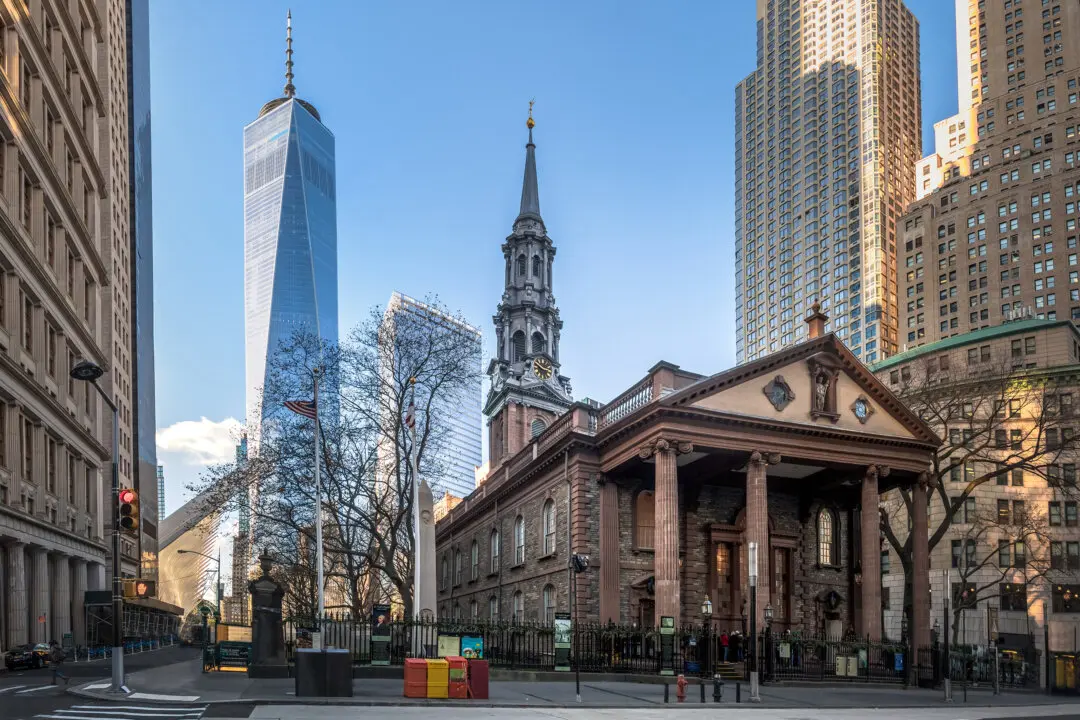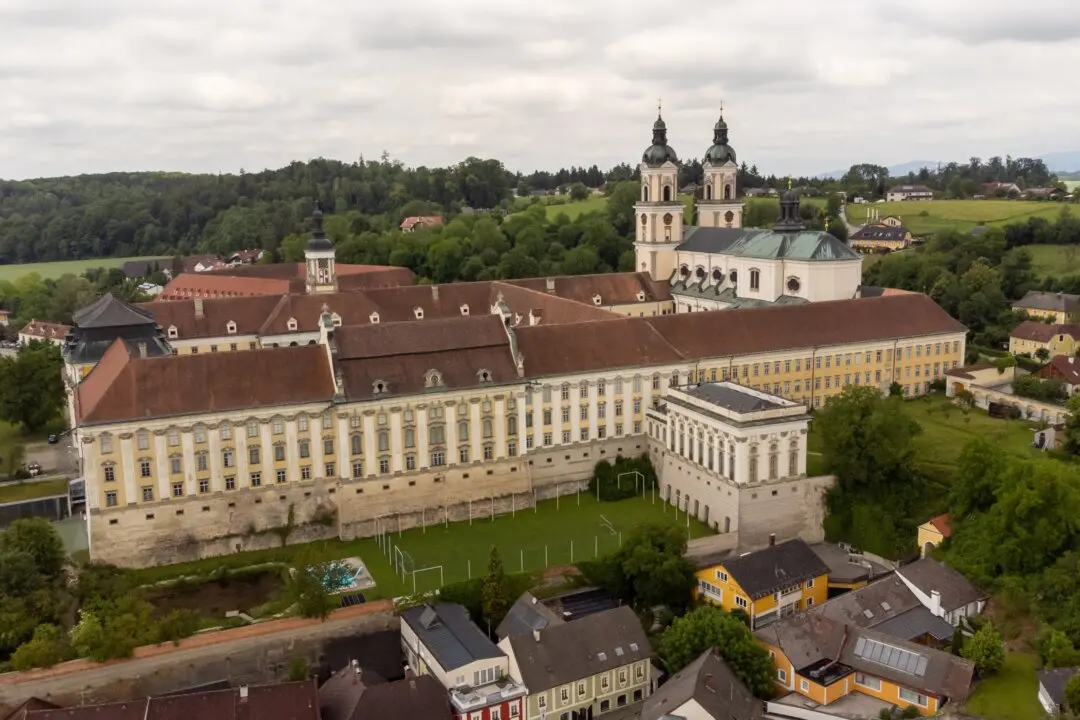Unscathed after the nearby World Trade Center buildings 1, 2, and 7 collapsed, St. Paul’s Chapel has since been referred to as “the little chapel that stood.” New York City’s iconic chapel has awed, inspired, and provided respite and spiritual nourishment for 259 years. Today, it’s overshadowed by the One World Trade Center building, yet visitors are attracted to St. Paul’s Chapel for more than its history and architecture. The chapel became a literal sanctuary for thousands of first responders after the 9/11 attacks.
The design of St. Paul’s Chapel in Lower Manhattan is typical of many churches; its floor plan is cruciform, meaning cross-shaped. Although it is not as grand as its parent, Trinity Church, down the street, St. Paul’s architectural design is Georgian. This style is defined by classical symmetry in the presentation of columns, cornices, arches, and keystone elements. Additionally, brick and stone were often the materials of choice in Georgian construction. St. Paul’s Chapel sports both.





